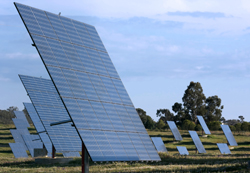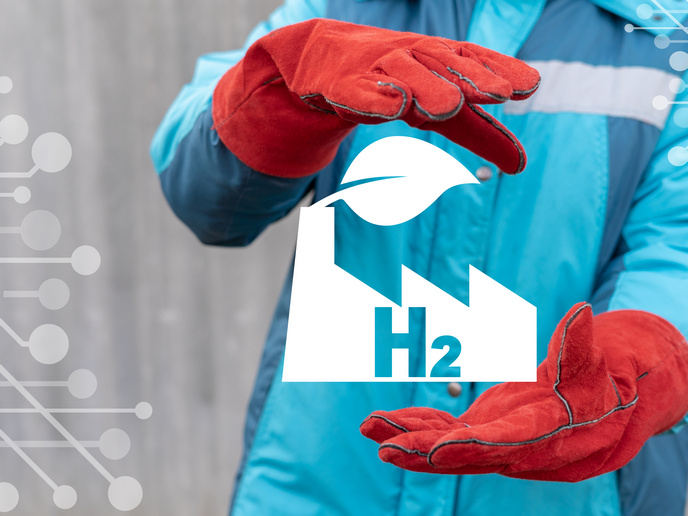Nanostructures build solar cells
Environmental, commercial and scientific interest in organic and polymer solar cells has grown in recent years. This has been due to an increase in the use of low-cost biodegradable materials for producing electricity from sunlight. The Solarpat project focuses on recent advances that have improved thin-film solar cells through the use of nanostructures. The groundbreaking solar cells contain self-assembled, light-induced nanostructures, resulting in improved construction techniques and operation. Project partners have sought to create high-quality fluorescent material by using rhodamine molecules, resulting in a 20-fold increase in fluorescence. Findings reveal that organic solar cells containing a fluorescent active element possess major potential for employing nanostructures as a means to to prevent spontaneous emissions. Work conducted by the Solarpat consortium can help provide a solid foundation for understanding self-assembled crystals in organic thin films. The project's findings can also be used to develop of other thin-film solar technologies and help contribute to new nanofabrication processes, enabling Europe to stay at the forefront of solar cell research.







